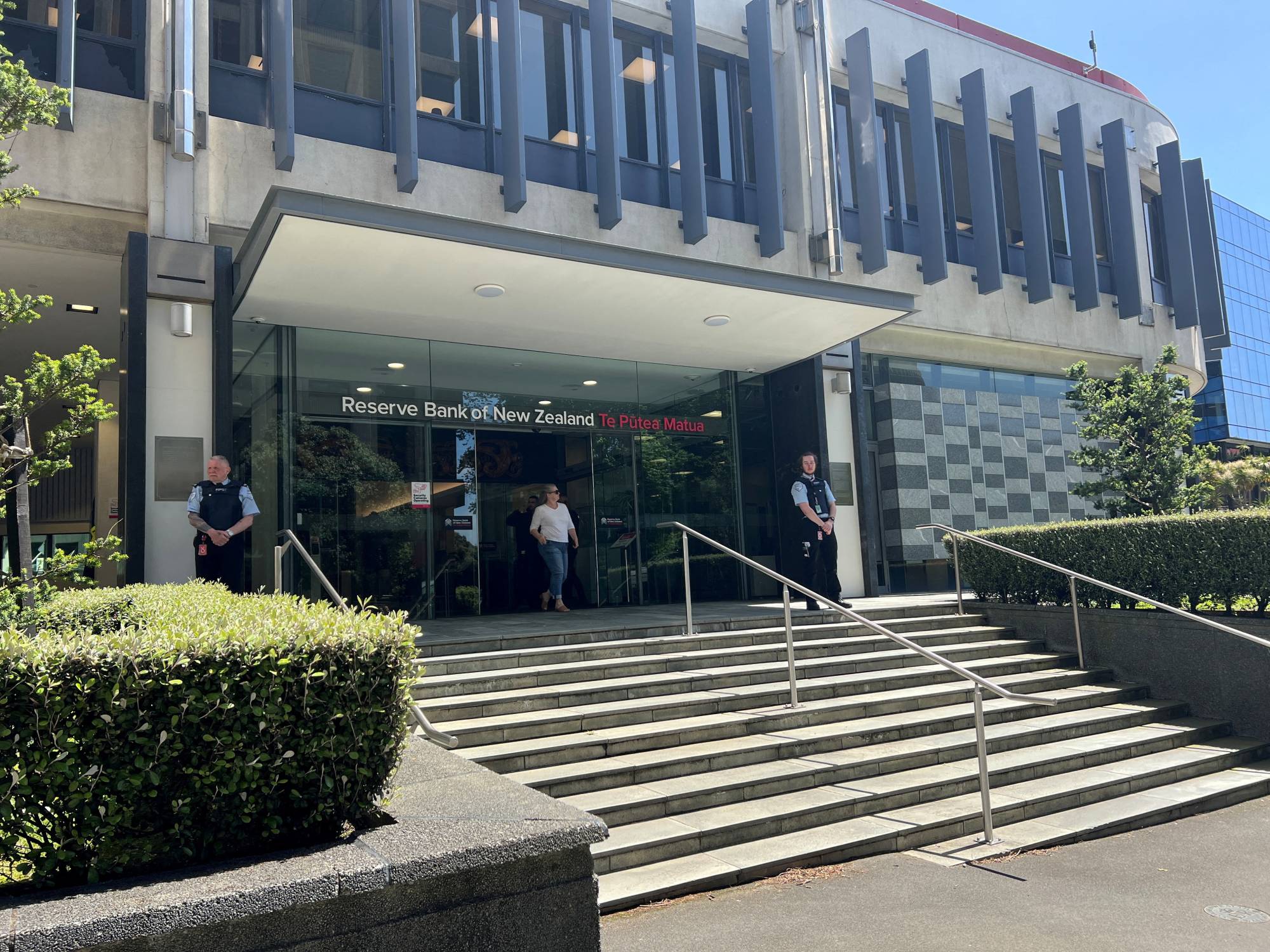More than 30 years ago, some relatively youthful central bank and Treasury economists in New Zealand were grappling with how to bring two decades of double-digit inflation under control in an economy less than 1% the size of its U.S. counterpart.
What if, they asked, they just told everyone the rate should be much lower — say roughly 2% — and then aim for that?
"It was a bit of a shock to everyone, I think," said Roger Douglas, the Labour Party finance minister at the time who worked with the Treasury and Reserve Bank of New Zealand (RBNZ) to pioneer the policy. "I just announced it was gonna be 2%, and it sort of stuck."
















With your current subscription plan you can comment on stories. However, before writing your first comment, please create a display name in the Profile section of your subscriber account page.